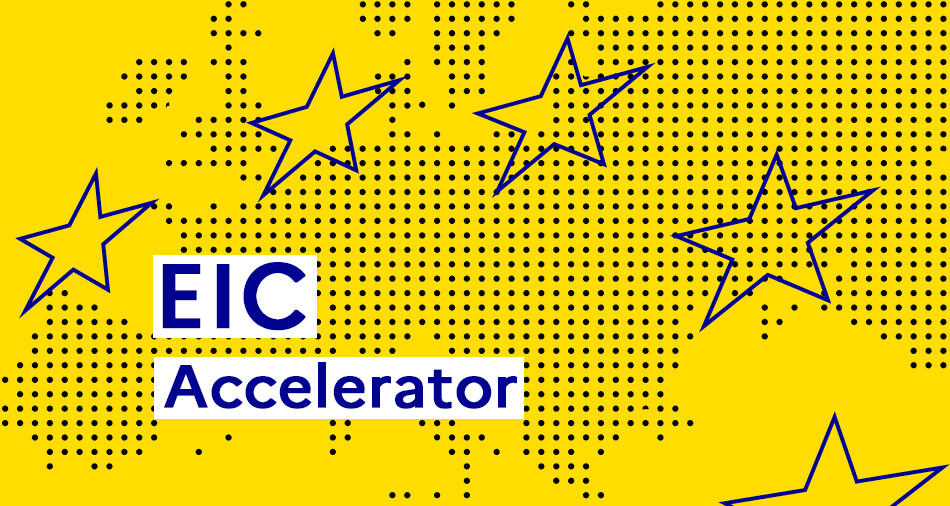ExpectedOutcome:
The expected outcomes should feed in the implementation of the European Green Deal[1] and the post-2020 global biodiversity framework of the Convention on Biological Diversity (CBD)[2]. Project results are expected to contribute to the following impact of destination “Biodiversity and ecosystem services”: “Understand and address direct drivers of biodiversity decline – land and sea use change, natural resource use and exploitation, climate change, pollution, invasive alien species – as well as indirect drivers – demographic, socio-economic, technological, etc.”
Project results are expected to contribute to all of the following outcomes:
- Attribution of ecosystem changes to direct and indirect drivers, and monitoring of driver effects on ecosystems through time;
- Enhanced understanding of the adverse impacts of climate change on biodiversity and ecosystem functioning;
- Enhanced science base, leading to better design and monitoring conservation and restoration actions for terrestrial, freshwater, and transitional ecosystems, including the reduction of greenhouse gas emissions, and increase of carbon removals, and supporting nature-based solutions;
- Enhanced support to a better alignment of the objectives and priorities of the relevant EU directives (Habitat[3], Bird[4], WFD[5], Nitrates[6]);
- Better and more transparent quantification of various uncertainties in ecosystem data and models, and propagation of these uncertainties into monitoring, spatial prioritization, and other applications.
Scope:
- These activities will foster a collective effort in the EU Member States and Horizon Europe Associated Countries to assess the status of terrestrial, freshwater, and transitional (land to sea) ecosystems (referred to as ecosystems hereafter) and prioritise conservation and restoration actions of these ecosystems including reduction of GHG missions and increases of carbon removals, with a special focus on the use of the wealth of Earth and Observation data available (remote-sensing, airborne, in-situ data).
- Use long-time series from the enhanced Earth Observation capacity in Europe (e.g. Copernicus) and in International Programmes together with other relevant sources of data to better understand the current and long-term dynamics and functioning of terrestrial and freshwater ecosystems in Europe under conditions related to global change
- Extensive use of ground based and/or airborne in-situ observation using, as appropriate, existing networks, novel observing systems, or citizen science, together with satellite data for assessing the impact of the main natural and anthropogenic pressures on the ecological processes of natural ecosystems, and on their dynamics and functioning (i.e., addressing individual and cumulative effects of multiple stressors), including in exploiting available high-resolution remote-sensing data.
- Assess the status and dynamics of these ecosystems, estimate their vulnerability to multiple stressors including anthropogenic and natural pressures, like climate change, and assess the impact of these stressors on the integrity and resilience of ecosystems
- Modelling of the ecological processes of natural ecosystems and of their interaction with the Earth System (i.e. biological, physical, and chemical processes, including primary production).
- Improving modelling of ecological processes and functional biodiversity under land-use and climate change that leads to ecosystem degradation (i.e. degraded, damaged, and destroyed ecosystems)
- Monitoring the status of natural ecosystems and assessment of the changes in relation to the underlying ecological processes.
- Integrate monitoring and modelling products into existing observatories supporting ecosystem management and conservation, to achieve better prioritisation, design and monitoring of terrestrial and freshwater ecosystem conservation and restoration actions”
This topic is part of a coordination initiative between the European Space Agency (ESA) and the European Commission (EU funded programmes) on Earth System Science. The ESA-EC Earth System Science Initiative enables EC and ESA to support complementary collaborative projects, funded on the EU side through Horizon Europe and on the ESA side through the FutureEO programme[7]
In particular, ESA plans to complement, collaborate and coordinate with the action funded under this topic with dedicated scientific activities within the ESA Biodiversity Science Cluster (biodiversitysciencecluster.esa.int) which is part of Science for Society element of ESA FutureEO programme (eo4society.esa.int). ESA will also, to the extent possible, provide access to relevant resources (e.g., virtual labs, digital platforms or 3rd party missions)
Proposals should address the collaboration with ongoing or future ESA projects and should towards this end include sufficient means and resources for effective coordination. Applicants are encouraged to enter in contact with the relevant ESA biodiversity science cluster projects and include in their proposals a work package/activities to ensure coordination with ESA relevant actions. The ESA biodiversity cluster focusses on the development, validation, and scientific analysis of novel satellite data products, the characterisation the structure and dynamics of terrestrial and freshwater ecosystems, the exploitation of the synergistic observation opportunities offered by the existing and coming Earth Observation missions (e.g., Copernicus sentinels, Earth Explorers, national missions) and advancing on the understanding of the response of ecosystems to different stressors using satellite technology.
Project activities shall fully exploit and build complementarities with the ongoing work regarding the establishment of the European Open Science Cloud and interact with relevant projects developing metadata standards and added value tools to ensure interoperability within and across fields of study.
Collaboration with the European Biodiversity Partnership (Biodiversa+) should be explored, as needed.
[1]https://ec.europa.eu/info/strategy/priorities-2019-2024/european-green-deal_en
[2]https://www.cbd.int/conferences/post2020/post2020-prep-01/documents
[3]https://ec.europa.eu/environment/nature/legislation/habitatsdirective/index_en.htm
[4]https://ec.europa.eu/environment/nature/legislation/birdsdirective/index_en.htm
[5]https://ec.europa.eu/environment/water/water-framework/index_en.html
[6]https://ec.europa.eu/environment/water/water-nitrates/index_en.html
[7]The Programme will be available here: https://www.esa.int/Applications/Observing_the_Earth/FutureEO





